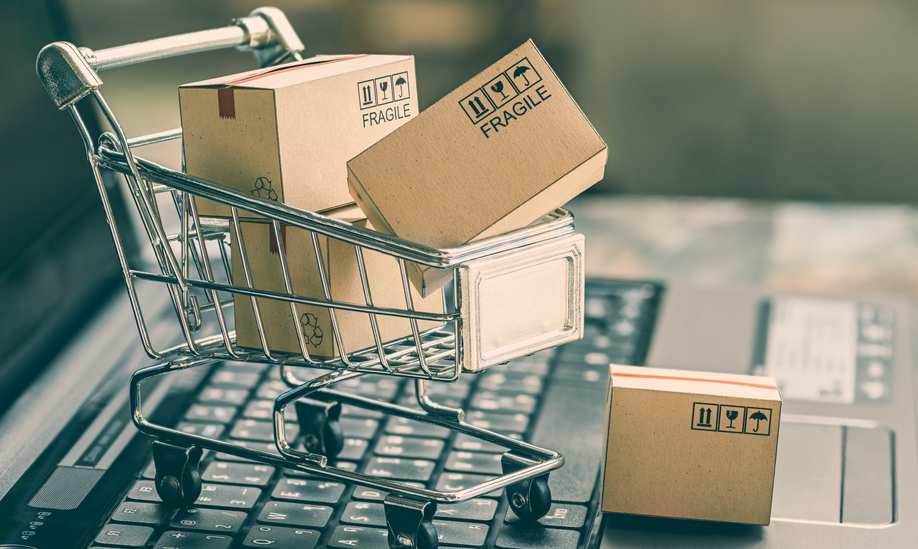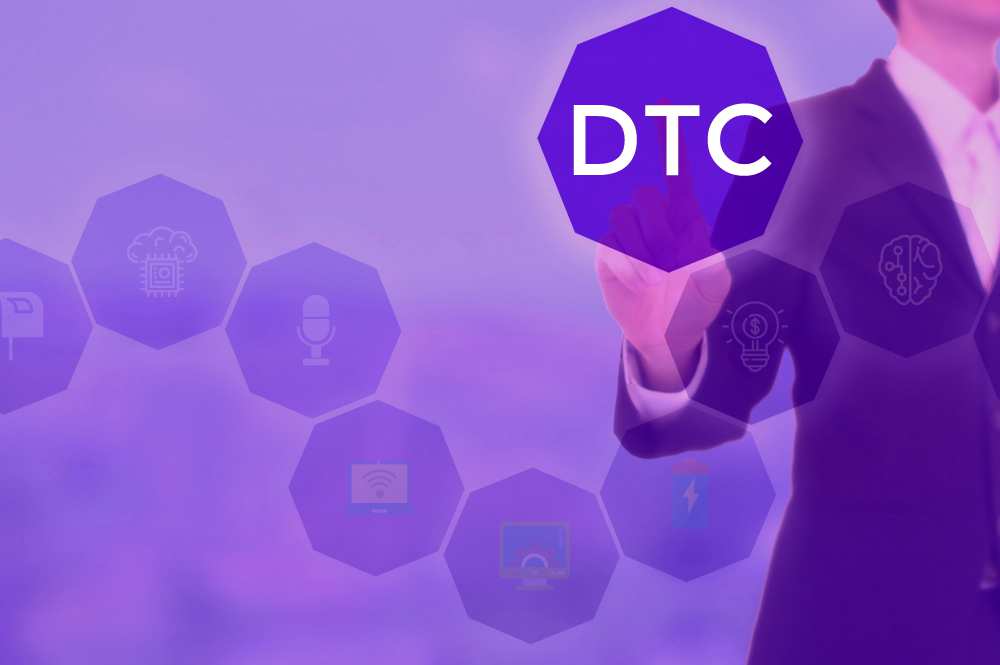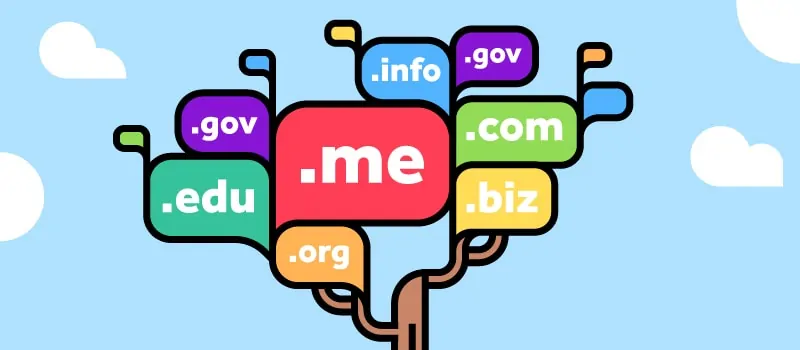Marketing for a cause: How D2C brands are creating stronger bonds with consumers

Consumer behavior is changing across the board. Online is replacing brick and mortar; sales have to be closed fast; retailers have seconds to differentiate and sell their brands.
The biggest change, ecommerce, means consumers buy straight from manufacturers rather than retailers. Why do they prefer this?
Today's consumer wants to interact with the people who make the product because they believe that their business model as well as customer support is geared towards understanding the needs of those who buy and use the products. The designers and manufacturers who believe in their product are better positioned than ever before to make the sale to the consumer.
More companies than ever are using Direct-To-Consumer (D2C) marketing to capitalize on these new marketplace trends. They show their customers how important they are to the business.
How is this done? By knowing what the customer really wants; connecting to them; listening to them; proactively engaging them in your business through reviews, recommendations, and D2C appeals; strategically employing social media trends to engage. Customers love to be heard and brands cultivate loyalty by appealing to their opinions and feelings, looping in customer feedback and product reviews.
Forget the traditional way of selling products where the manufacturer sells to distributors who sell to wholesalers who then sell to retailers from whom the consumer ultimately buys the product.
In just a few years, the explosion of D2C selling has created radical shifts in the marketplace. Not only for newer digital-conscious businesses, established brands are excelling at it too. The D2C awakening is worldwide and--from clothing, contact lenses and mattresses, to houses, autos, and luxury goods--D2C is all around us.
How is D2C marketing benefiting brands?
Selling is a journey, and the best way to understand it is to walk it with the most important stakeholder - the customer. D2C brands demonstrate that direct interaction with customers enables them to own the marketing curve.
Using highly targeted and deliberative leveraging of data insights and social listening, brands identify avenues for cultivating and developing strong customer relationships, engineer content that offers solutions to customers, address customers' pain points, and create product and product designs that solve customers' real needs.
D2C brands constantly self-review and question: What makes their customers prefer this product over another? What motivates their consumers' purchases and purchasing habits? How can one-off purchases be transformed into repeat purchases? What about a D2C brand can grab and hold that purchaser? What will create online loyalty that segues into repeat business?
D2C brands are uniquely positioned to harvest data on these questions, through their intimate relationships with their buyers.
How can brands maximize D2C insight?

Brands that go to D2C marketing will gain maximum control over the distribution and sale of their products and will generate increased profits, gain control over packaging, deepen brand reputation in the market, and develop insight into what to innovate next while cultivating loyalty to their brand. Different brands and products can leverage different D2C models, but manufacturers have to choose D2C models that successfully leverage customer insight to develop, create, and sell by using better decision-making models for the business; by formulating personalized buyer experiences; and by adapting to the needs or preferences of customers.
The greatest benefit of D2C marketing
Ecommerce is rapidly becoming the primary mode of doing business with customers and consumers, and many businesses should be in a rush to leverage it. Why? Today's customer understands more clearly than ever their value in the marketplace. No longer just passive consumers to whom products are marketed, today's buyers know that their dollars mean more than ever before, and that they can dynamically explode interest in a product or silence it. They want to reward only those businesses that reach out to them and appreciate them.
And what about the competition? A business today has to work harder to stay afloat, and can do this through curating a meaningful consumer experience while being mindful of end-goals:
1. To enhance and make meaningful the total customer service experience
2. To clearly differentiate between various brands
3. To improve packaging and product quality so that customers keep returning.
The ultimate end for these actions is a brand that customers are proud to be associated with.
The role of Digital Channels in Facilitating D2C

The average customer has access to the internet, communicates through a wide variety of digital channels, and use online resources to research and purchase the products or services they wish to interact with. Clearly, D2C is everywhere - and businesses need to be aware of the digital channels their target market is using the most, whether that's surfing the web, using email or Twitter, sharing through Snapchat or Facebook. Identifying the right way to relate to your target market is crucial to success in today's sales environment.
Never at any other time in the history of trade has the customer been this enlightened or had this much power in the marketplace. For companies that have decided to leverage this concept for their own growth, avenues such as live chat, email and direct messaging offer them a broad footing for D2C sales.
D2C brands that are excelling at combining ecommerce with noble causes
It takes learning from the best to be among the best.
Businesses that have just joined the D2C movement have a thing or two to learn from the likes of Dollar Shave Club, Warby Parker, Away, and Casper. What is it that these companies have in common?
True, the products that they make appeal to customers because of affordability. But there's so much more to their relationships with their consumers. They market their products through direct channels to the consumer.
Here are two concepts that are propelling these businesses forward - a genuine expression of concern of hard economic times and a genuine interest in impacting the lives of other people (check out this Chicago list for more examples).
Classic examples:
· You want a water bottle that has all the features of a good quality brand, but there are many of a similar kind in the market. How do you decide which to purchase? Kool8 steals the show because of a pledge it has made to its consumers that for every purchase made, the company will donate 20% of profits to clean water initiatives.
· People take tea all the time but rarely do any of those instances tie meaningfully into the lives of others. But Tiesta Tea invites consumers to share in the vision of this organization to make life better for those in need. It helps communities cope with unpredictable economies; fights discrimination against and ignorance of those with special needs; addresses the lack of safe-drinking water for people worldwide; poverty and disease. Using tiesta tea enables consumers to consume and contribute and feel good about both.
· Businesses exist to make a profit, but some businesses also use profits to help others live better. Soap is a basic need but there are millions of people around the world who have no access to it. One D2C manufacturer, SoapBoxSoaps, has a program to donate 1 bar for every one purchased. Busy consumers who want to help but have no time to see this opportunity for them to partner with other people who can help them make a difference in the world.









